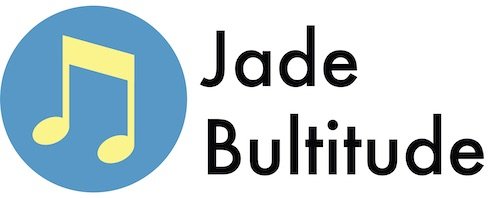An accidental in music is a sign that is placed on a note to raise or to lower a note by one or two half steps (semitones). An accidental changes the pitch of a note. You must always write the accidental sign in front of the note. This is different to when you write this out in text as you will write the word ‘sharp’ or ‘flat’ after the note name.
Five Key Accidentals in music
There are five important accidentals that you should be familiar with but we will look at the most common accidentals first. These are the flat, sharp and natural signs.
The Sharp Sign
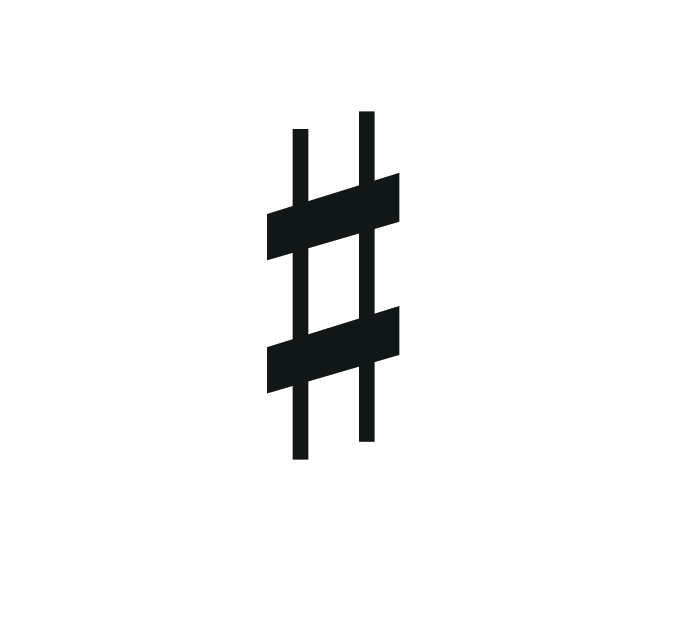
The sharp sign is a little bit like a hashtag but slightly more slanted. If we place a sharp sign in front of a note, this accidental sign raises the note by one half step (semitone). Take a look at the two notes below. The first note is a G but if we place a sharp sign in front of the G, we now have a G sharp.

The flat sign
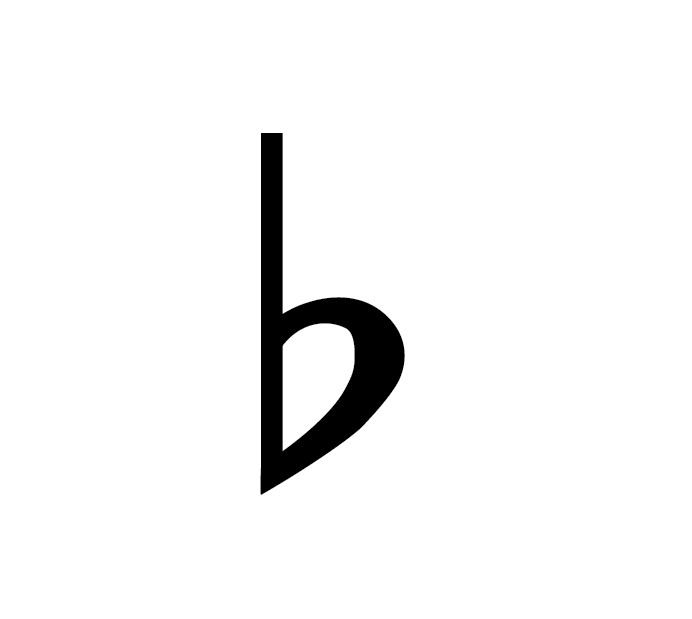
The flat sign is represented by a small letter ‘b’. If we place a flat sign in front of a note, this accidental sign lowers the note by one half step (semitone). Take a look at the two notes below. The first note is a B but if we place a flat sign in front of the B, we now have a B flat.

The natural sign
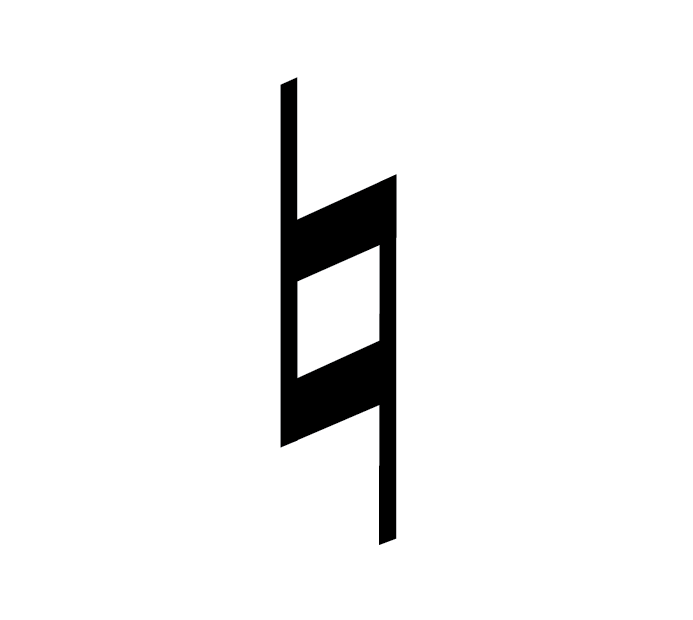
The natural sign looks quite similar to the sharp sign but if you look carefully it is in fact quite different. The natural sign returns a note to its original state. A natural note refers to a note that is simply one of the letters from the musical alphabet, you will place the natural sign in front of a note that otherwise would have been sharp or flat and it will return that note to its original state. Take a look below, at the start of the bar we have a G sharp, in order to make the second G in the bar a G natural, we must place a natural sign in front of it.

The above examples are among the most frequent accidentals you will see, but there are a few others which are sometimes referred to as double accidentals, namely the double sharp and the double flat.
Double Sharp Sign

A double sharp sign looks like an elaborate cross sign. A double sharp raises the note it is placed on by two half steps (semitones). Take a look at the example below, the first note is an A natural note and the second one has a double sharp placed in front. The double sharp applied raises the A natural note by two half steps.

Double flat signs
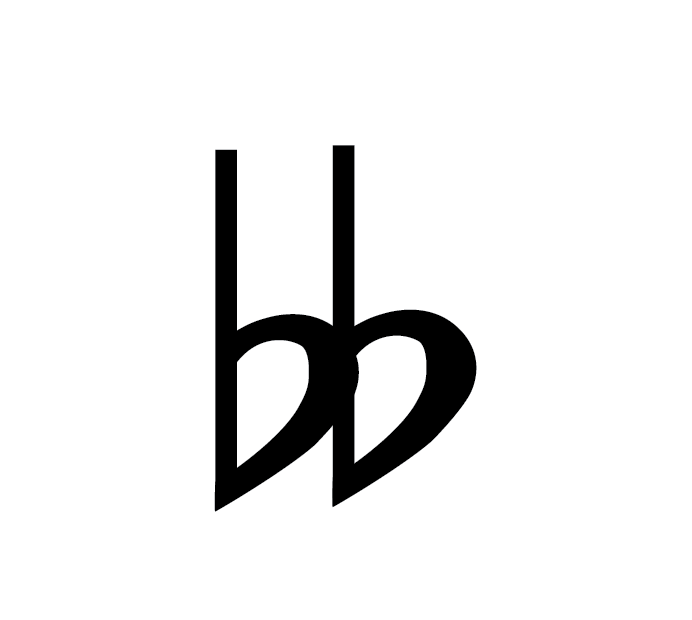
A double flat sign is a bit easier to spot than a double sharp sign, as it is represented by two small letter b’s written right next to each other. Literally double of the ordinary flat sign! A double flat sign lowers the note it is placed on by two half steps. Take a look at the example below, the first note is a B natural, and the second one has a double flat sign placed in front of it. The double flat sign applied lowers the B natural note by two half steps.

Accidentals are extremely important as they help us to have different keys and scales in music. Without them, all pieces of music would be in the key of C major as this is technically the only scale that has no accidentals (sharps or flats).
Key signatures
A key signature is simply a collection of accidentals. These will either be sharp signs or flat signs. You will never mix the two and you will not see any double sharp or double flat signs within the key signature.
You will occasionally see a natural sign in the case of a key change and the composer needs to cancel some accidentals. But this is mostly done as a courtesy accidental for the performer.
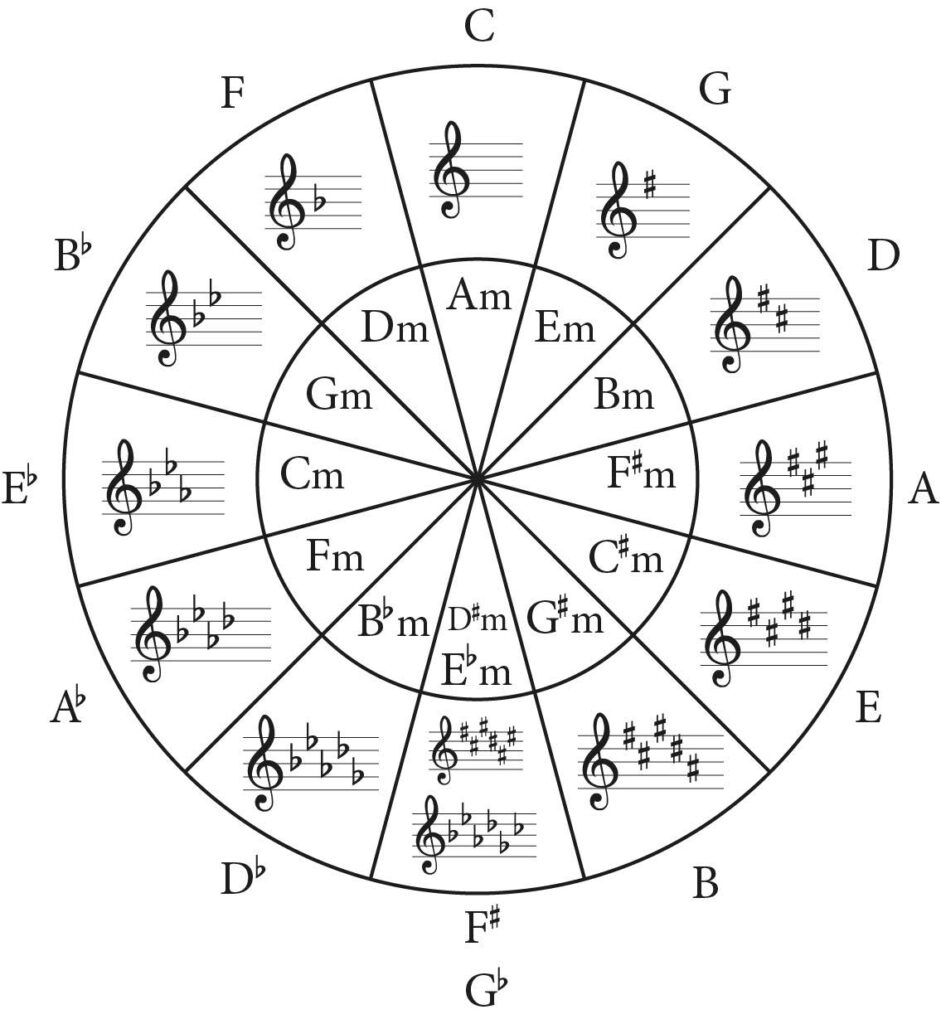
Accidentals order on the key signature
It is also important to note that accidentals have a very specific order that they should be written.
The sharps always go in this order: F C G D A E B
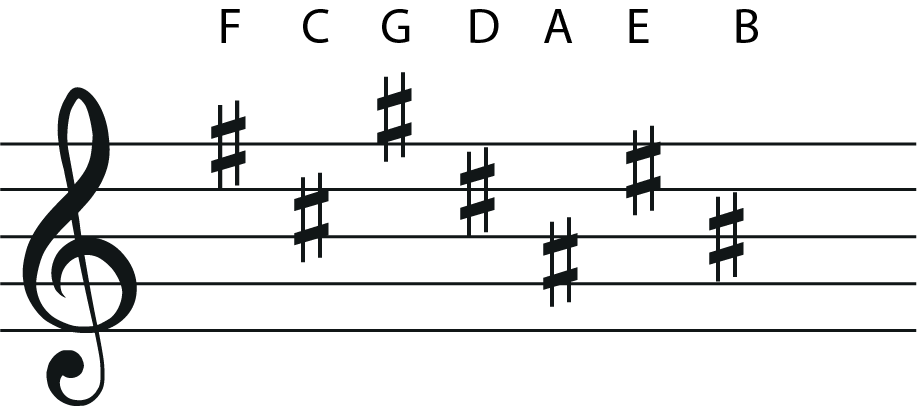
The flats always go in this order: B E A D G C F
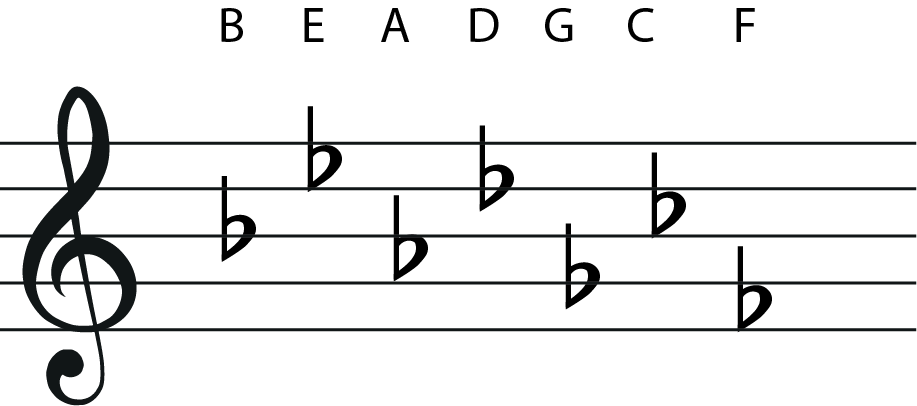
To learn more about key signatures then make sure to click here.
Even if a piece has a key signature, accidentals can still be used within the piece. This is particularly in the case of minor keys and scales. In order to make a minor scale harmonic the seventh note must be raised and in a melodic minor scale, the sixth and seventh note must be raised on the way up and lowered again on the way down.
In order to do this you need to use accidentals!
Below we have a G# harmonic minor scale. Notice how there are five sharps in the key signature. In order to make this minor scale harmonic the seventh note must be raised. The seventh note is an F# so in order to raise this we must add a double sharp.

To learn more about Scales with our complete guide.
There are a few more important rules when using accidentals in music.
Accidentals only affect the current measure (bar)
When using accidentals it is important to know that each accidental applied will affect the entire measure. Take a look at the below bar, notice how there are four G’s written but only the first one has a sharp sign written in front of it. If we were to play this, then all the G’s will be sharpened.
In other words, when a sharp or flat sign is written at the start of a bar then all subsequent notes of the same pitch will be the same unless cancelled!

Accidentals with tied notes
Another important rule relating to our accidentals is when we use them in relation to ties. A tied note is one that is literally tied to another note of the same pitch to make the note longer.
If an accidental is added to the first note of the tie then this accidental will last for the entire tied note. This rule even applies if the tie goes over a bar line into the next measure.

I hope this guide to accidentals has helped you with you understanding of music notation and music theory.
